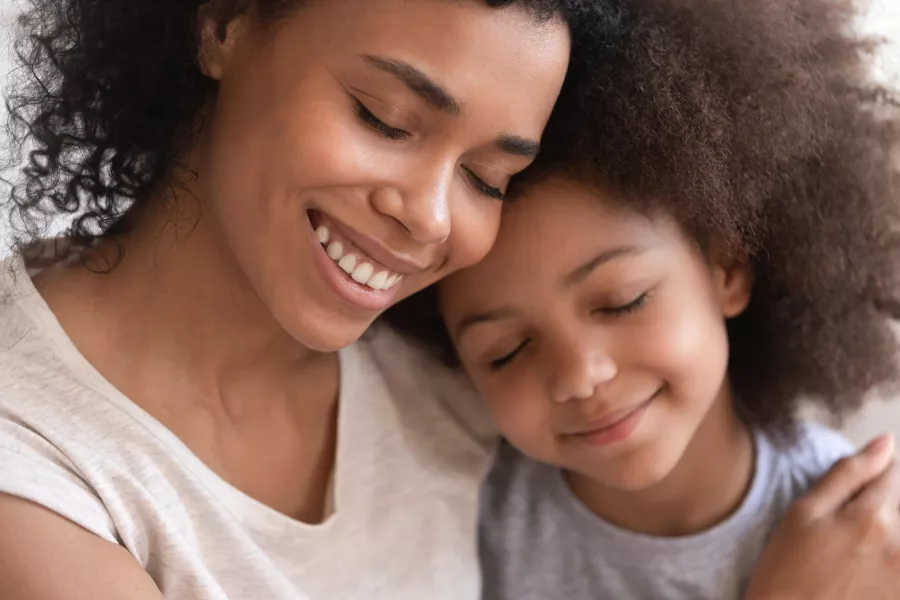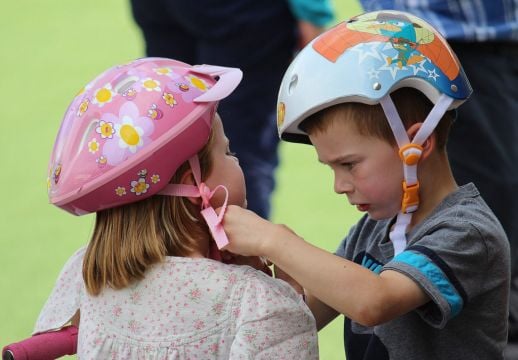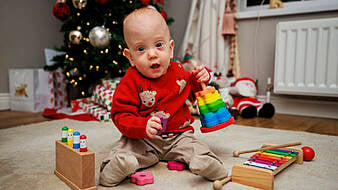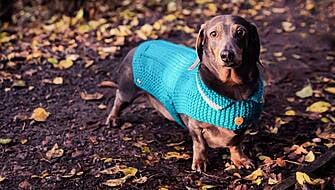Kindness is contagious – and it makes both you and the person you got it from feel great.
But while some people are naturally kind, and the example they set is likely to make those around them behave kindly too, others need to learn the trait, say experts.
And the best way to do it, they explain, is by adults – including parents and teachers – simply letting young children see them being kind.
“The most important and powerful way to teach kindness is through the modelling of behaviour – adult behaviour,” explains Dave Whitaker, author of the new book, The Kindness Principle. “Every interaction an adult has with a child is essentially a learning moment.”
This means, he says, that adults need to understand they’re constantly being watched, and therefore act with compassion and kindness.
Child and educational psychologist Laverne Antrobus adds: “Showing kindness and having courage are qualities everyone hopes to possess and teaching these traits to children from a very early age and praising children when you see them is really important.
“It’s also important to see that doing good things for other people is good for our own wellbeing, as it releases endorphins and boosts our serotonin to make us happier.”
Antrobus points out that generations have grown up learning important values and the principles of kindness from watching their favourite characters on TV and in films, or from reading about them in books, and she’s supporting the new Disney Ultimate Princess Celebration campaign which is championing the qualities of courage and kindness after Disney research found 90% of British parents with young children believe kindness is the most important quality.
View this post on Instagram
Former Made In Chelsea star Millie Mackintosh, mother of one-year-old Sienna, is also supporting the campaign, together with TV presenter Katie Piper, and their readings of the new Disney Princess Tales of Courage and Kindness Storybook Collection will be made available to seriously ill children in hospitals and hospices throughout the UK.
“Kindness is one of the most important qualities,” says Mackintosh, “and as a mum, I think it’s important to teach the power of kindness to my daughter from a very early age. One of the ways I’m able to do this is by reading bedtime stories; I’m really looking forward to sharing my favourite stories as she gets older.
“I believe that even a very small act of kindness can have a positive impact on the people around you, and it’s certainly something I strive to achieve every day.”

But while adults know what kindness is, they may not be confident about how best to help their children understand its importance and be kind to others.
Here Antrobus shares her top tips on how to help children, from the ages of around three to eight years, to be kind…
1. Be a kind role model
Remember you’re a role model, so how you show kindness, both to your child and to others in your family and community, will help your child understand how important this is to you. Also, introduce your child to characters from stories who demonstrate positive qualities to help set an example and aid learning.
2. Have a kindness conversation
Talk about kindness, and explain to your child how they can use kind words (compliments/asking how people are) or do kind things (helping others) to make others feel cared for.
3. Explain kindness connects you with others
um a little girl (maybe 7?) just came up to me and said “you’re really pretty and i love your hair” and i almost cried? i’m so happy rn?
— emily, the taylor swift girl 🦋 (@tsemily13) March 21, 2021
Ensure that children know showing kindness helps us to connect with friends and family – it makes them feel valued and builds positive, healthy, strong relationships.
4. Discuss missed opportunities
Talk about times when you may have missed the chance to show kindness or courage – perhaps when you could have spoken out or better assisted a friend in need. Let your child know that by learning from these missed opportunities, you can be even more ready next time.
5. Praise kindness and courage
Praise your child when you see them being kind or courageous. For example, they may have told someone off for being unkind. Helping them recognise they’ve done the right thing will encourage them to continue to do this in the future.
6. Stress it will make them feel good too
Help your child see that acting in a kind or courageous way can make them feel good – helping others is a sign of caring, and wanting others to be treated well.
7. Explore how they feel when someone is kind to them
Ask your child to explain how they feel when someone is kind to them – and help them see these are the feelings other people will have if they’re kind.
8. Point out kindness
Try to highlight examples of kindness that you notice. For example, if you see your child help someone who’s fallen, or if your child offers to let another child go first on the slide, praise them for thinking of others.
9. Be a kind family
Ensure you’re always celebrating kindness and courage as a family – it’s great to show your child ways in which everyone can play their part in showing these important qualities.
Tales of Courage and Kindness is a new digital storybook collection aimed at inspiring children to help create a kinder world. The book can be downloaded free at DisneyPrincessStories.co.uk
The Kindness Principle by Dave Whitaker is published by Crown House Publishing on May 4, priced £16.99.







